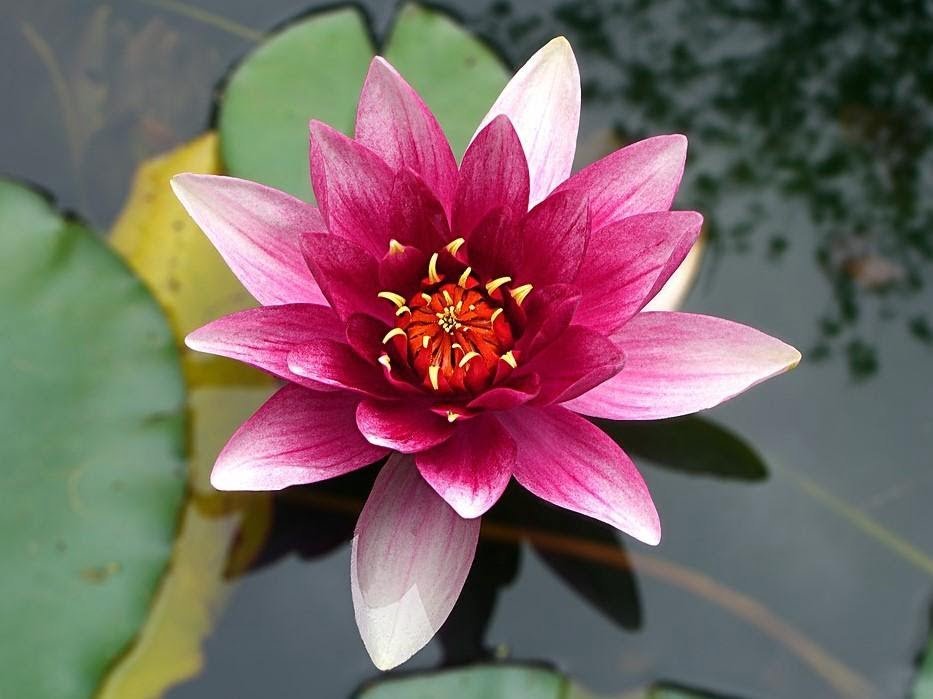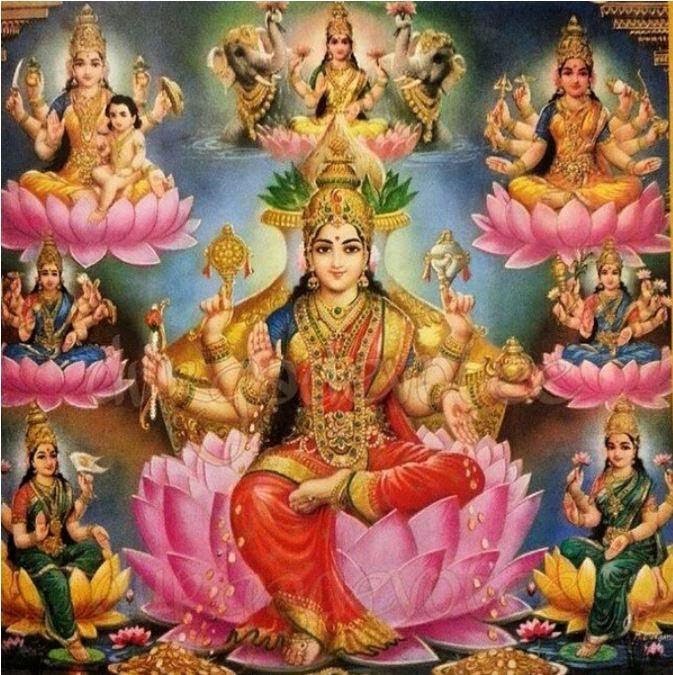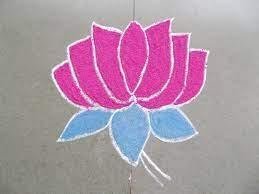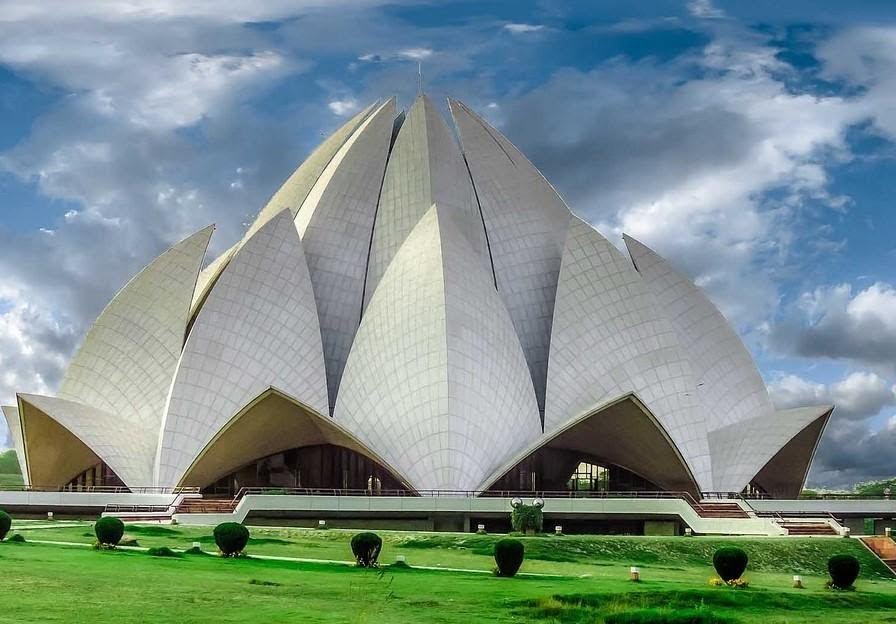The lotus comes from the murkiest water but grows into the purest thing. –Nita Ambani
No mud, no lotus. –Thich Nhat Hanh
As a lotus flower is born in water, grows in water and rises out of the water to stand above it unsoiled, so I, born in the world, raised in the world having overcome the world, live unsoiled by the world. – Buddha
Seeing the mud around a lotus is pessimism, seeing a lotus in the mud is optimism. – Amit Kalantri, Wealth of Words
The lotus comes from the murkiest water but grows into the purest thing. –Nita Ambani
No mud, no lotus. –Thich Nhat Hanh
As a lotus flower is born in water, grows in water and rises out of the water to stand above it unsoiled, so I, born in the world, raised in the world having overcome the world, live unsoiled by the world. – Buddha
Lotus occupies an important stature in the Indian culture. Also called Water Lily, the elevated respect given to the flower is the reason why the Lotus is the national flower of India.
Intertwined with various religions as well as artistically, scientifically, and metaphorically, the national flower of India Lotus is a class apart on its own. As we move along in this post, we will gain insights into why this Indian flower enjoys this stature and the logical and scientific reason behind it.
Quick Navigation
Why is Lotus the National Flower of India?
It was on 26th January 1950 when India turned Republic, the Indian National Government declared Lotus as its national flower. Going by the basic rules, for a flower to be declared as a national flower, there are certain criteria:
- The flower must be available all over the country.
- The flower must reflect the culture and traditions of the land.
- Even the layman should be able to comprehend the symbol and the meaning behind the symbolism of the national flower.
Thus, lotus meets all these criteria with ease.
Indian Lotus or popularly called the Sacred Lotus is called Nelumbo nucifera according to scientific nomenclature. This national flower grows widely in the country. It is grown in a wide range for commercial and medicinal purposes.

Lotus is a symbolism for detachment and fulfilling one’s dharma without being disturbed by the surroundings. According to Bhagavad Gita, one should perform their duties with full attention just like a lotus blooms irrespective of it being born in the mud.
The Sanskrit term for Lotus is the Padma. The Central Government honors its civilians who contributed to various fields and make a difference with the ‘Padma Awards’ – Padma Shri, Padma Bhushan, and Padma Vibhushan. This emphasizes the stature of the term ‘Padma’ and the reverence offered to the Lotus flower.
Seeing from any perspective, a lotus symbolizes utmost respect, honor, wealth, health, prosperity, luck, piousness, purity, and dharma.
Indian Moral Tales for children
Significance of Lotus in Hinduism
This national flower India dates back to thousands of years ago, probably to the origin of this Universe according to Hindu scriptures.
- According to Padma Puranam ( a Purana named after the Padma, the Divine Lotus), it was from Lord Vishnu’s navel that a Lotus originated. And from this Lotus emerged Brahma, the Creator of this Universe.
- Goddess Lakshmi is well-known to sit on a lotus flower with two lotuses in her hand and be served by two elephants. Thus, the lotus symbolizes abundance and wealth.
- Figuratively, this flower is synonymous with Lakshmi Devi. From among the thousand names of Lakshmi, one can find many synonyms related to Lotus that term Goddess Lakshmi herself. Some of the names of Lakshmi that originate from Lotus:
- Kamala – Lotus
- Padma – Lotus
- Padmini – One who sits on Lotus
- Padmalaya – One who lives on Lotus
- Padma Priya – One who likes Lotus
- Padma Hasta – One who has lotus in her hand
- Padmamaladhara – One who wears Lotus garland
- Padmagandhini – One who smells like Lotus flower
- Not just Lakshmi, even Lord Vishnu is popular as the Lover of Lotuses. His feet are often compared to the flower – Pada Padma, we call which means one who has Lotus-like feet. Vishnu is also seen carrying this flower in His hand.
- Padmanabha – is what Lord Vishnu is called depicting the story that the Universe originated from Lord Brahma who was born from the Lotus emerging from the navel of Lord Vishnu.
- Similarly, the Sun God Surya holds two lotuses in his hands. This imparts him the names Kamalabandhu, Kamalanatha, and Kamalavallabha. Interestingly, lotuses are sunlight lovers. They bloom in summer and tend towards the direction of the Sun.
- Another famous Goddess of Hinduism- Maa Saraswati, the giver of knowledge and wisdom, is portrayed to be sitting on a white lotus. Thus, the flower symbolizes wisdom, perfection, purity, and knowledge.
- Ashvins – the duo Gods responsible for health, youth, and sciences are fond of wearing purple lotus garlands.

Types of Lotus Flowers
Ancient Sanskrit scriptures make a mention of four types of lotus flowers –
- The Padma – Pink one
- The Kamala – Red one
- The Pundarika – White one
- The Utpala – Blue one
Significance of Lotus Flower as per Yoga and Spirituality
- The Atharva Veda compares the human heart with this flower. One can find Lotus pose in Yoga along with Lotus Mudra. These directly benefit in improving heart health.
- Padmasana, sitting cross-legged, is the popular posture for Indians. While taking meals or sitting on the floor, Padmasana is what many traditional people follow owing to its many health benefits.
- According to Hatha Yoga Pradipika, sitting in this position destroys all diseases. It is the best pose to meditate and attain liberation, according to the book, because it enables one to breathe through all nadis like no other pose.
- Tantric practitioners believe this Indian flower is a symbol of enlightenment. When one fully realizes their potential, the spiritual energy flows through all the chakras in our body and moves to the top of the skull where the lotus-like chakra with a thousand petals resides.
- One can understand this concept from the fact that – Lord Shiva, Buddha, and Gurus like Raghavendra Swamy, Tirthankaras, etc. sit in the cross-legged position.
India vs Bharat: The Significance of the Name Bharat
Cultural Significance of Lotus
Lotus is also culturally significant in India. For every festival puja that is associated with Goddess Lakshmi, Vishnu, or Ganesh, this flower of India is mandatory. It finds a place in the decoration and offering to the deity.
Naming children with beautiful eyes with lotus names is also common in India. Some of the children’s names that mention lotus are – Padmini, Rajiv, Ambuja, Neeraja, Kamala, Pankaja, Aravind, Nalini, and many more.
Many art forms that were excavated from Mohenjo Daro contained lotus carvings and paintings.
This national flower of India finds its place in rangoli, Mehendi, jewelry, motifs, saree art, home decor, as well as in the traditional stone carvings of India. A temple without a lotus design or carving is very rare in India. One can find astonishing carvings of this flower on the ceilings of ancient temples of India. In modern-day temples, huge rangoli designs are drawn on the temple floors and mandapas.
Lotus is the symbol of Bharaitya Janata Party, one of the biggest political parties in India. BJP is know for world-renowned leaders such as Shri Narendra Modi, Shri AB Vajpayee, Shri LK Advani, and more. The party’s emphasis on Indian culture and traditions reflects in their choice of the party symbol, lotus.

Interestingly, Lotus is not only popular in India but also worldwide. Any religion that preaches towards detachment symbolizes this water lily for the same.
Sanskrit Quotes on Lotus
ब्रह्मण्याधाय कर्माणि सङ्गं त्यक्त्वा करोति य: |
लिप्यते न स पापेन पद्मपत्रमिवाम्भसा ||
Meaning: The person who does actions, offering them to Brahman(the Supreme), abandoning attachment is not tainted by sin, just as a lotus leaf which remains unaffected by the water on it.
पद्मानने पद्म वि पद्मपत्रे पद्मप्रिये पद्मदलायताक्षि ।
विश्वप्रिये विष्णुमनोऽनुकूले त्वत्पादपद्मं मयि सन्निधत्स्व ॥
Meaning: This is a hymn in praise of Goddess Lakshmi who is being compared with lotus and her likeness towards them.
Also Read: Why peacock is the national bird of India?
Significance of Lotus in Buddhism
The speeches of Buddha find a special mention of Lotus. In many of his quotes, we can find Buddha preaching humans to live like lotuses unaffected by the attractions and evil.
Buddha himself is seen to be sitting on a gigantic lotus in a meditative posture. As per Buddhist legends, when Lord Buddha was born, there were lotus flowers at his feet. Also, lotuses bloomed wherever the enlightened Buddha laid his feet. Vasudhaiva Kutumbakam: The Timeless Philosophy of India’s Global Harmony

A lotus is called Paduma in Pali script. Padmasambhava is the name of the revered Gurus of Buddhism. Besides, in many iconographies, one can see Lord Buddha holding lotus flowers in his hand. He symbolically guides mankind towards detachment just like the lotus that shuns water or mud though it is born out of them.
Significance of Lotus in Jainism
The national flower of India is spiritually significant for Jains too. Jain founders, the revered Tirthankaras, are depicted to be sitting on lotus thrones. Padmaprabha- is the name of one of the most famous Tirthankaras of Jainism.
Significance of Lotus in Sikhism
Lotus has hundreds of mentions in Sikhism literature. According to Guru Granth Sahib, the lotus is the symbol of the human soul. Some even believe that the Sri Harmandir Sahib or the Amritsar Temple is located amidst the sacred water just like the lotus in a pond.
India’s New Parliament Building
Medicinal Properties of Lotus Flower
The Indian flower Lotus finds an important place in Ayurveda. Accordingly, the flower is potent enough to cure heart ailments, kidney problems, and spleen issues. Lotus is also believed to be a cure for menstruation problems, skin diseases, and for curing infections. The seeds, leaves, roots, and stalk are edible and are nutritionally rich.
Mention of Lotus Flower in Indian poetry
Indian poets have always fallen in love with women’s eyes and the first thing that strikes their mind is comparing them with a lotus flower. Sometimes, in Indian literature, a ‘flower’ means ‘lotus’.
- Legendary India poet Kalidasa says:
कमले कमलोत्पत्तिः
श्रूयते न च दृश्यते
बाले तव मुखाम्भोजे
दृश्यमिंदीवर द्वयम्!
Kalidasa
Meaning: If you want to see a lotus born of a lotus, look at the beautiful eyes of a woman with a beautiful face.
- In Kumarasambhava and Meghadoota, Kalidasa mentions Lotus in many instances to make similes.
- Kamba Ramayana, poet Kamba compares Lord Ram’s face with a lotus. In one narration, he attributes the comparison and says even when Dasaratha asked him to go to the forest, Lord Ram’s face resembled a lotus.
Also Read: Why hockey is the national game of India?
Facts about Indian National Flower Lotus
- Lotus is not only the national flower of India but also for Vietnam.
- Egyptians consider Lotus as a symbol of Sun God.
- The famous Swastika sign evolved from the symmetrical arrangement of lotus petals.
- Emperor Ashoka adopted Lotus as his official symbol. One can find lotus carvings on the Ashoka pillar on which four lions stand.
- Ajanta sculptures are rich in lotus carvings. Sculptures of women holding lotuses are some of the famous sculptures here.
- The Lotus Temple in New Delhi, a world-renowned monument of India that symbolizes Bahai faith, shows the spiritual significance of Lotus for Bahai followers.

Quotes on Lotus Flower
Lotus in every spirit teaches mankind to stay detached, fulfill one’s dharma, and vanish. Here are some famous quotes on a lotus that convey the same message:
Be like a lotus. Let the beauty of your heart speak. Be grateful to the mud, water, air and the light. –Amit Ray, Nonviolence: The Transforming Power
Seeing the mud around a lotus is pessimism, seeing a lotus in the mud is optimism. – Amit Kalantri, Wealth of Words
The lotus comes from the murkiest water but grows into the purest thing. –Nita Ambani
No mud, no lotus. –Thich Nhat Hanh
As a lotus flower is born in water, grows in water and rises out of the water to stand above it unsoiled, so I, born in the world, raised in the world having overcome the world, live unsoiled by the world. – Buddha
Swetha is a Content Specialist, LinkedIn Branding and B2B Marketing Consultant. When she is not in the world of B2B, she researches the roots and beauty of Indian Culture and Traditions. She is the author of the book: 365 Days 365 Posts – The Guide to LinkedIn Personal Branding, available exclusively on Amazon. Connect with her on LinkedIn.


